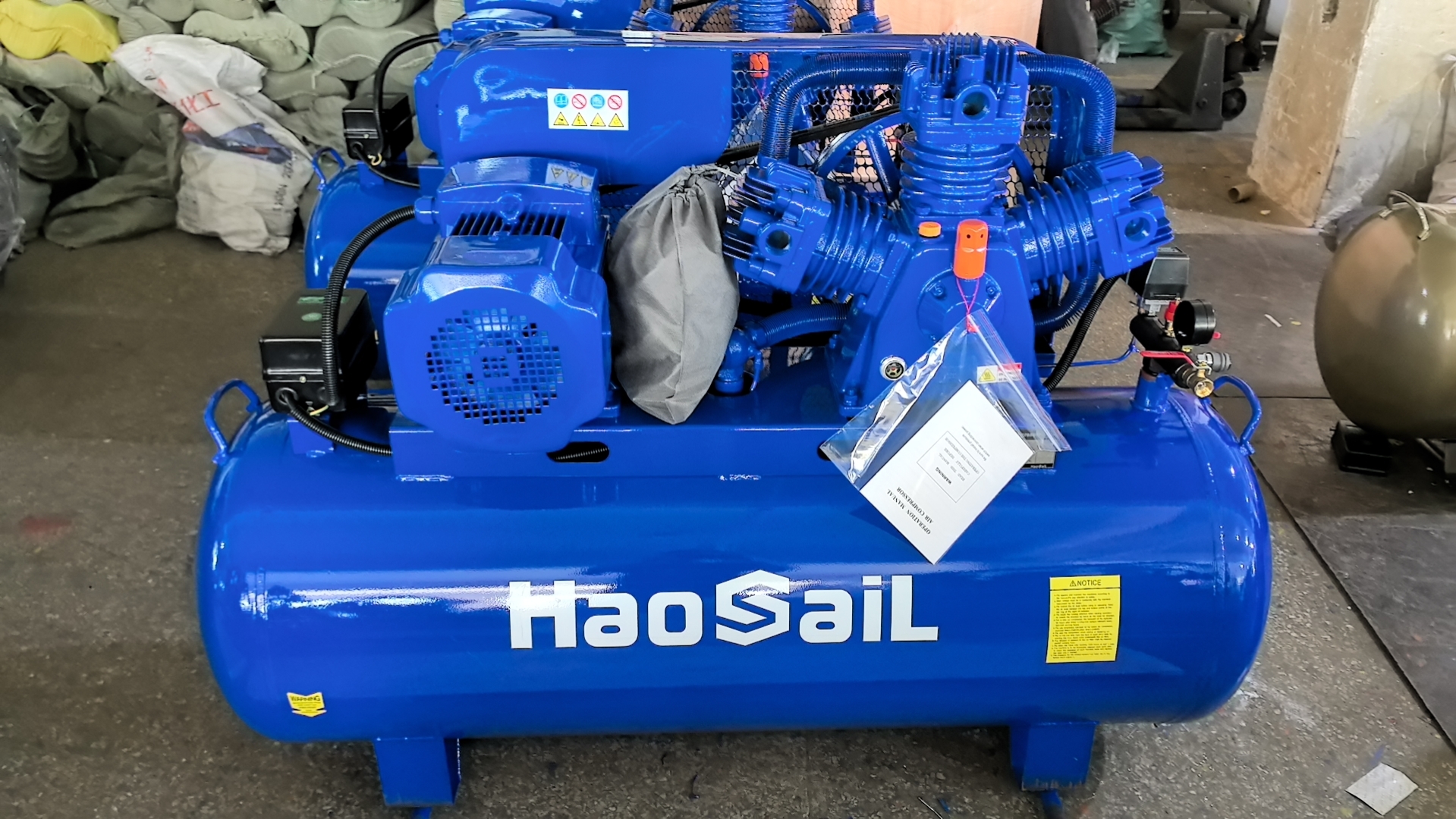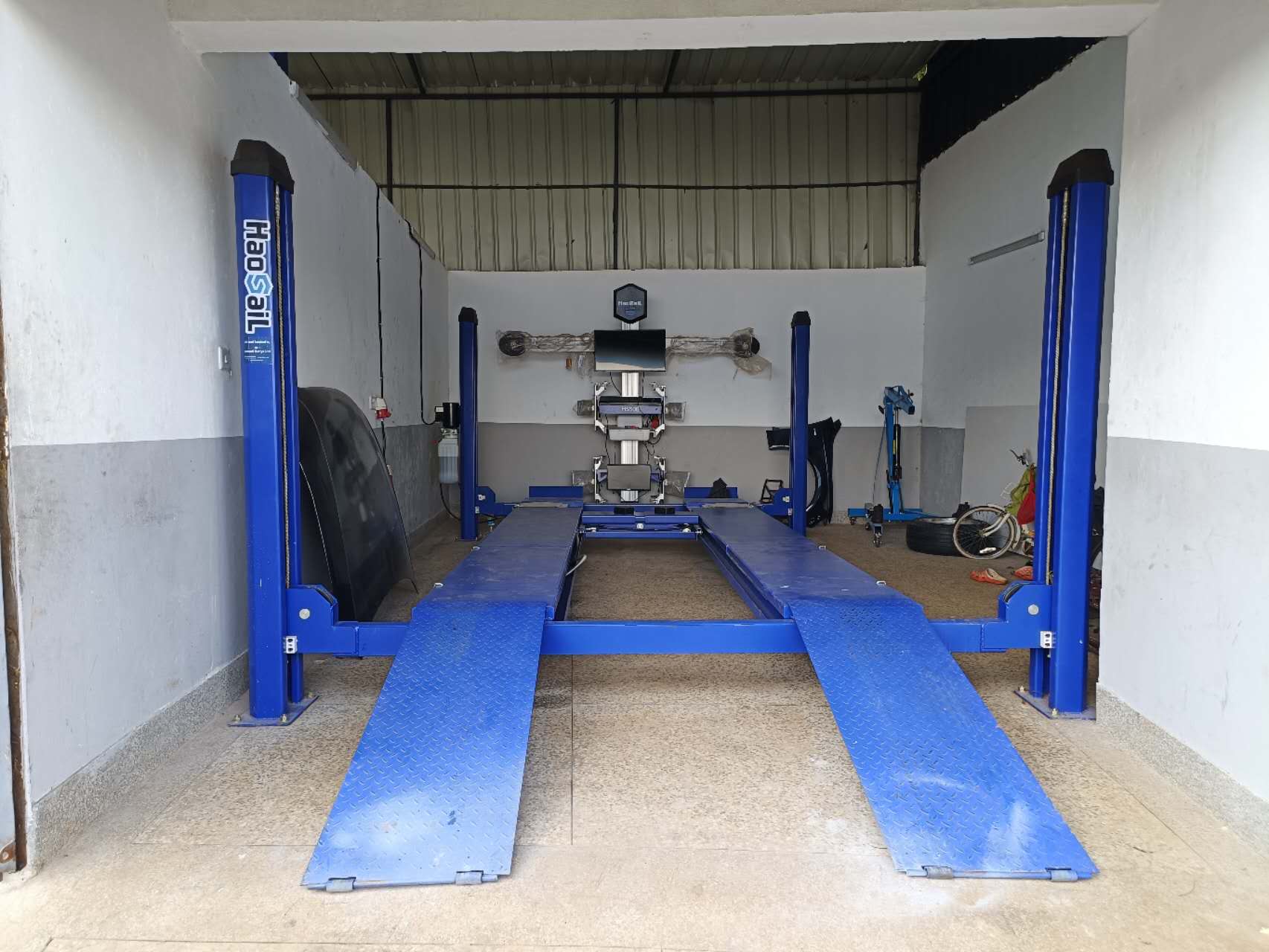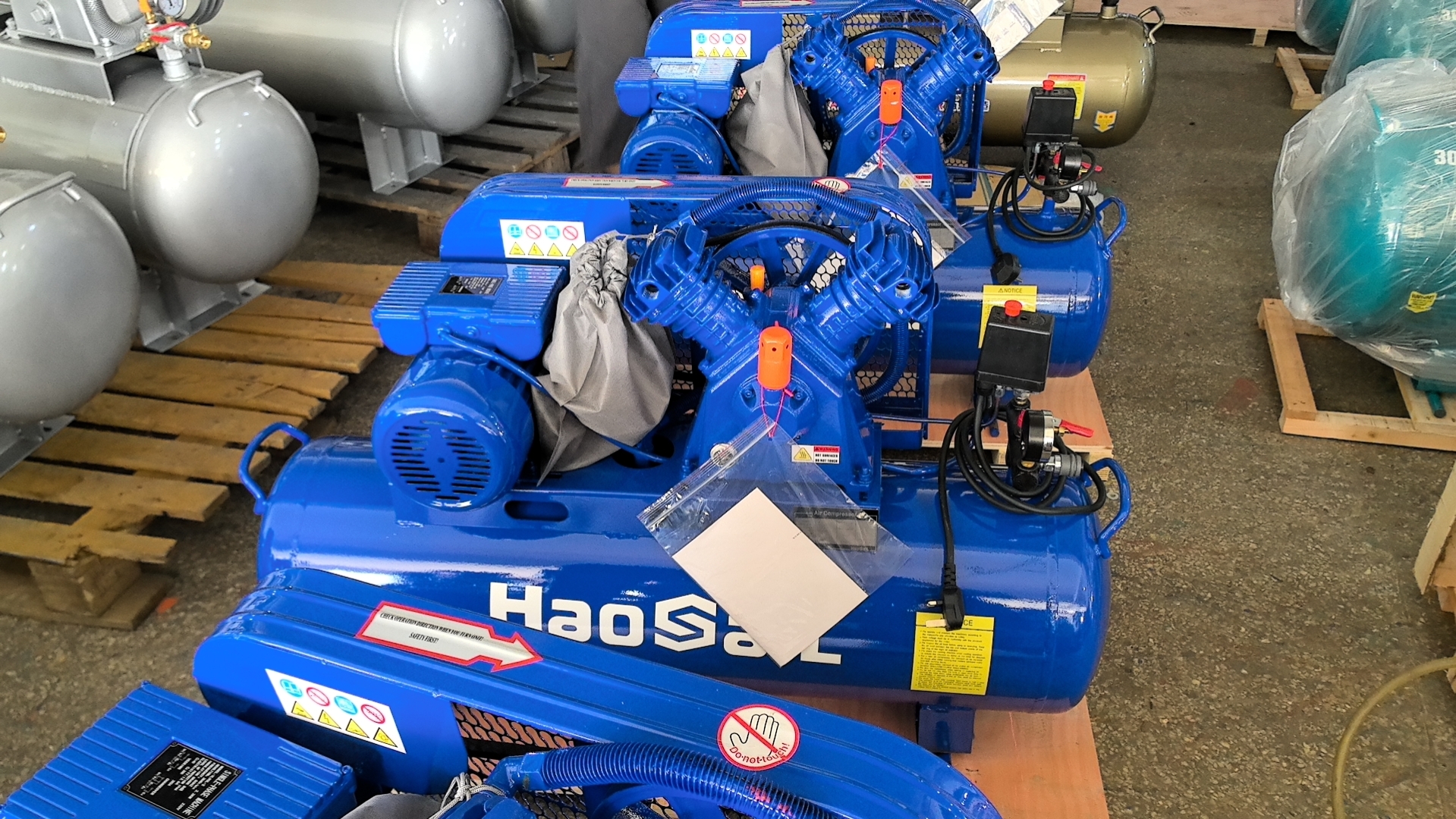### **Detailed Classification and Technical Specifications of
Air Compressors**
#### **1. Classification and Technical Characteristics of
Air Compressors**
As critical power equipment in industrial applications, air compressors can be categorized into **positive displacement** and **dynamic** types based on their working principles, each with unique technical features and application scenarios:
- **Positive Displacement
Compressors**
- *Reciprocating*:
- Piston type: Utilizes crankshaft-connecting rod mechanism, suitable for medium/small flow high-pressure applications
- Diaphragm type: Employs flexible membrane
compression, completely oil-free, ideal for clean industries like pharmaceuticals and food
- *Rotary*:
- Twin-rotor:
- Screw type: Meshing of male/female rotors for compression, featuring high efficiency and low vibration
- Roots type: Constant volume compression, suitable for low-pressure high-flow applications
- Single-rotor:
- Sliding vane type: Eccentrically mounted rotor with radial vane movement
- Liquid ring type: Uses liquid as compression medium, suitable for flammable/explosive gases
- Scroll type: Compact structure, commonly used in small equipment
- **Dynamic
Compressors**
- Centrifugal: Uses impeller centrifugal force for pressurization, ideal for large-flow medium/low pressure applications
- Axial flow: Features axial gas flow with extremely high capacity, used in aviation and power generation
- Jet pump: Utilizes high-speed fluid induction with simple structure and no moving parts
**Market Application Status**: In industrial sectors, screw compressors dominate with ~60% market share due to stability and energy efficiency, while piston compressors maintain ~30% share in small factories and mobile equipment for their cost-effectiveness.
---
#### **2. Comprehensive Comparison Between Piston and Screw
Compressors**
| **Parameter** | **Piston Compressors** | **Screw Compressors** |
|--------------------|-------------------------------------------|-------------------------------------------|
| **Structure** | Simple design, fewer components | Precision rotor pairing, high machining requirements |
| **Efficiency** | Isentropic efficiency ~65-75% | Isentropic efficiency up to 80-90% |
| **Noise Level** | Typically 85-95dB(A) | Typically 65-75dB(A) |
| **Maintenance** | Required every 500-1000 hours | Required every 4000-8000 hours |
| **Service Life** | ~10,000-15,000 hours | Up to 40,000-60,000 hours |
| **Initial Cost** | ~300-800 RMB/kW | ~800-1500 RMB/kW |
| **Power Range** | Mainly 0.5-30kW | Mainly 15-500kW |

#### **3. Technical Subclassification of Piston
Compressors**
- **Power System Configuration**
- Electric motor: Standard 380V/50Hz three-phase asynchronous motor, IP54 protection
- Diesel engine: For power-scarce environments, compliant with Non-Road Stage III emissions
- **Transmission Design**
- Direct coupling: >98% efficiency, 1500/1800rpm speed
- Belt drive: Adjustable ratio, requires regular tension checks
- **Lubrication Systems**
- Oil-lubricated: Uses ISO VG68-100
compressor oil
- Oil-free: Employs PTFE or graphite self-lubricating materials
- **Cylinder Arrangement**
- Vertical: Compact footprint, for ≤7.5kW units
- Horizontal: Low center of gravity, reduced vibration
- V-type/W-type: Multi-cylinder configuration for better balance
---
#### **4. In-Depth Analysis of Industrial Applications**
- **Heavy Industry**
- Steelmaking: Supplies air for blast furnace coal injection, continuous casting mist cooling
- Automotive: Provides air for body welding/painting lines, requiring ≤-40°C dew point
- **Precision Manufacturing**
- Electronics: Chip packaging requires Class 0 oil-free air
- Medical: Ventilator air must meet ISO 8573-1 standards
- **Energy Sector**
- PV manufacturing: High-pressure air for silicon wafer cutting
- Wind power: Pneumatic braking system control
- **Special Applications**
- Diving: High-pressure air filtration systems
- Rail transport: Train door control and braking systems
---
#### **5. Working Principle of Piston
Compressors**
1. **Power Transmission**
- Motor drives crankshaft via flexible coupling or V-belt
- Crankshaft bearings use wear-resistant alloy with splash/forced lubrication
2. **Compression Cycle**
- Intake stroke: Intake valve opens, piston descends creating vacuum
- Compression stroke: Valves close, piston ascends compressing gas
- Theoretical PV diagram shows polytropic compression
3. **Air Control System**
- Multi-stage filtration: Primary + precision filters
- Pressure maintenance: PID-controlled relief valve
4. **Protection Devices**
- Temperature: Winding thermostat (trips at 105°C)
- Pressure: Dual mechanical/electrical protection
---
#### **6. Haosail Global Service Network**
We operate over 10 overseas branches in Dubai, Egypt, Kenya, Uganda, Mozambique, Zimbabwe, Zambia, Tanzania, Thailand, etc.
**Quality Control System**:
- Materials: Premium steel from Baosteel
- Manufacturing: SPC control for critical processes
- Testing: 100% load testing with 15-year data archiving
**Value-Added Services**:
- Energy audits: Pneumatic system optimization
- Remote monitoring: IoT platform for real-time tracking
- Financing: Flexible equipment leasing options
Choosing Haosail means:
- Customized compressed air solutions
- Full lifecycle equipment management
- Continuous energy efficiency optimization
Visit www.haosail.com to download our latest technical whitepapers!



